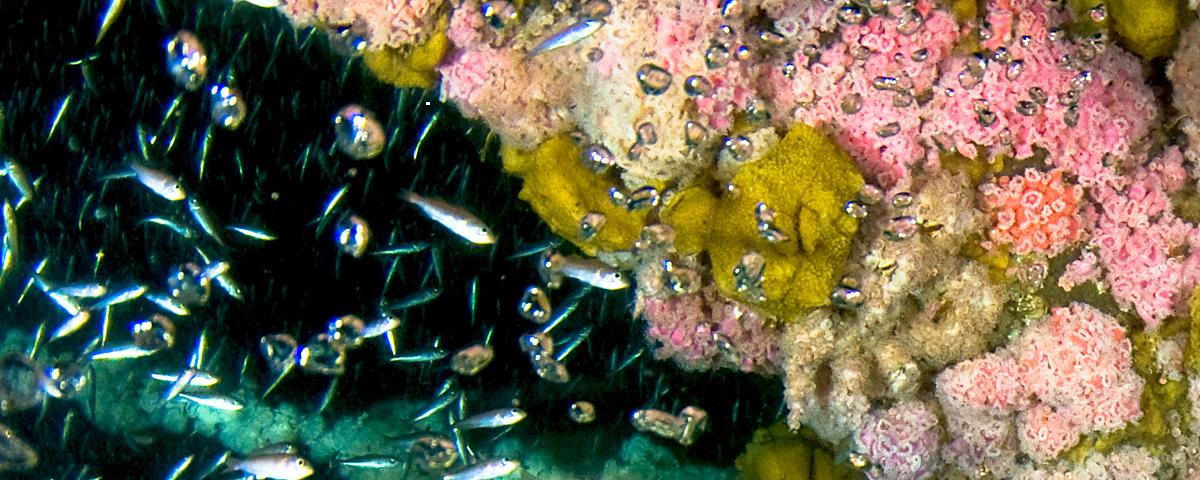EIA of disposal of marine growth from Maureen at Aker Stord
Abstract
From the Abstract: “The oil platform Maureen Alpha (MA) and the Articulated Loading Column (ALC) are to be decommissioned at Aker Stord, at the island Stord on the, western coast of Norway. After mooring the structures at Digernessundet, Aker is planning to discharge marine growth above sea level to the recipient. The growth consists of mussels, seaweed, corals, anemones, worms, sea-squirts etc. The purpose of removing the biota inshore is mainly to avoid odour problems from decaying marine life. It will also make the construction clean and safer to work on (e.g. cut into parts) later. The recipient is deep (270-310 m) and has good capacity for degradation of organic material, due to large water masses and favourable water currents and water renewal. Rogaland Research (RF) was contacted by Aker to perform an environmental impact assessment (EIA) of the disposal of marine growth to the recipient. This is a part of the EIA of the whole decommissioning process of the MA and ALC. Two main subjects are of most important environmental concern: v The organic load to the recipient v Possible content of harmful substances A total of approximately 570 tonnes of wet growth is expected to be exposed to air after refloat. The dry organic matter in this growth is estimated to be 10-20%, that is 57-114 tonnes. Approximate 60 tonnes are to be discharged in a new operation in 2002. Depending on how dry the growth will be at removal time some part of it might float on the surface. A contingency boom should be used to prevent spreading of this material, and make it possible to collect. A reasonable course of events will be that most of the mussels and other heavy parts will sink to the bottom close to the platform, and the rest of the material will be spread over a larger area. We believe that this will lead to spots on the seabed close to, and under, the platform that will be overloaded with organic material, causing temporary oxygen deficiency in the sediment. In the rest of the influenced area the growth will be a source of food supply and make less effect, but may cause some temporary changes in the benthic community. We do not suspect oxygen deficiency in the water column. Since the material has marine origin there is natural scavengers (e.g. bacteria, crustaceans, worms, fishes) which will digest and decompose the growth. We assume that most of the organic material will be decomposed within a year after disposal. The benthic community may need a year extra to resemble the original situation. At this date there is not sufficient knowledge about the content of potential harmful substances in the growth on MA to make a good description of effect from this on the seabed environment. Nevertheless it can be assumed that the levels are not in a magnitude that would lead to detectable elevated levels in the sediment. The growth will also be spread over a large area. Without knowledge about the benthic fauna in the area before, during or after the decommissioning it is not possible to be certain of the disposal effects of the marine growth.”

